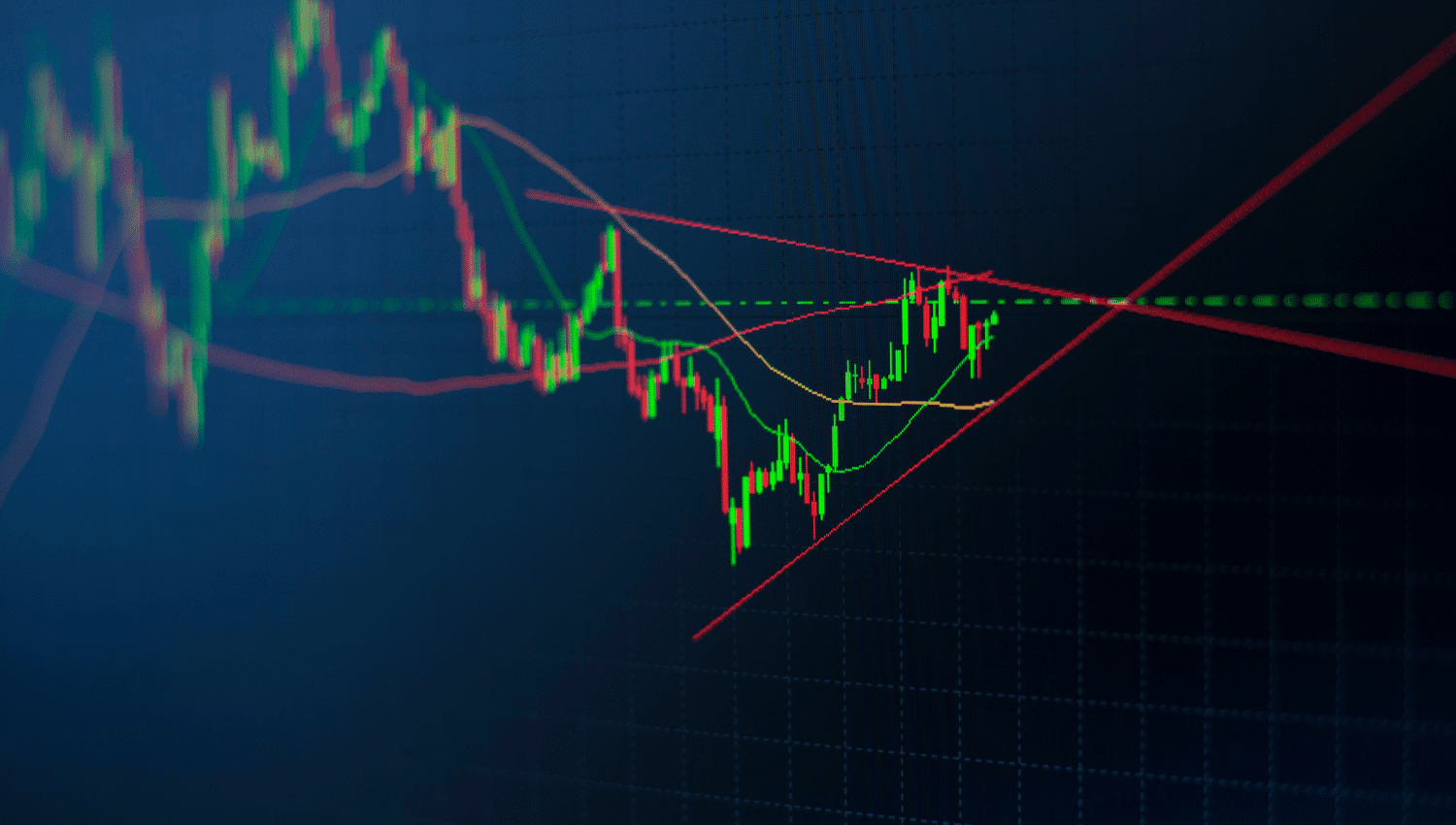Market correlation and intermarket analysis are critical components of effective stock investing. By understanding how different markets and assets move in relation to each other, investors can gain deeper insights into market dynamics, optimize their portfolios, and enhance their investment strategies. This article explores several methods to analyze market correlation and capture intermarket relationships, providing a comprehensive approach to stock analysis.
The Concept of Market Correlation
Market correlation refers to the statistical relationship between the price movements of two or more assets. When assets move in the same direction, they are said to have a positive correlation, while assets that move in opposite directions exhibit a negative correlation. Analyzing these correlations is essential for investors, as it allows them to identify relationships between assets, manage risk through diversification, and make more informed investment decisions.
The Pearson Correlation Coefficient: A Core Tool
The Pearson Correlation Coefficient is one of the most commonly used tools for measuring market correlation. This statistical measure calculates the strength and direction of the linear relationship between two variables, with a coefficient ranging from -1 to 1. A coefficient of 1 indicates a perfect positive correlation, -1 indicates a perfect negative correlation, and 0 suggests no correlation.
To calculate the Pearson Correlation Coefficient, investors gather historical price data for the assets in question and apply the formula that compares their covariance to the product of their standard deviations. This method provides a clear, quantifiable measure of how closely two assets move together. In stock investing, this information is invaluable for constructing a well-diversified portfolio, as it helps investors select assets with complementary risk profiles.
Rolling Correlation: Monitoring Changes Over Time
While the Pearson Correlation Coefficient provides a static measure of correlation, market dynamics are constantly changing. Rolling correlation addresses this by calculating the correlation over a moving time window, such as 30, 60, or 90 days. This method allows investors to track how correlations evolve over time, offering a more nuanced understanding of market relationships.
Rolling correlation is particularly useful in periods of market volatility, where correlations can shift rapidly. By analyzing rolling correlations, investors can detect emerging trends and adjust their portfolios accordingly. For example, if two previously uncorrelated assets begin to exhibit a strong positive correlation, an investor might reevaluate their portfolio to avoid excessive exposure to a single market trend.
Utilizing Heatmaps and Correlation Matrices
Heatmaps and correlation matrices are powerful visual tools that help investors analyze market correlations across multiple assets. A correlation matrix is a table that displays the Pearson Correlation Coefficients for a range of asset pairs, while a heatmap enhances this information by using colors to represent the strength and direction of correlations. Typically, positive correlations are shown in shades of green, while negative correlations are depicted in shades of red.
These tools are especially valuable for investors managing diversified portfolios, as they allow for quick identification of highly correlated assets. By using heatmaps and correlation matrices, investors can make more informed decisions about portfolio diversification and risk management. Moreover, these tools can help identify potential opportunities for hedging or arbitrage based on the observed relationships between different assets.
Intermarket Analysis: A Broader Perspective
Beyond analyzing correlations within a single market, it is crucial to consider intermarket relationships—the interactions between different markets such as equities, bonds, commodities, and currencies. Intermarket analysis provides insights into how these markets influence each other and can reveal broader economic trends. For instance, a strong correlation between stock prices and commodity prices might signal an expanding economy, while an inverse relationship between bonds and equities could indicate a shift toward risk aversion.
To capture intermarket relations, investors can apply frameworks like the Intermarket Analysis Framework, which examines the correlations between various asset classes to predict future market movements. By understanding these relationships, investors can develop more comprehensive investment strategies and better navigate complex market environments.
Conclusion
Market correlation and intermarket analysis are essential tools for successful stock investing. By analyzing the relationships between different assets and markets, investors can gain valuable insights, manage risks more effectively, and optimize their portfolios. Whether through the use of the Pearson Correlation Coefficient, rolling correlation, or visual tools like heatmaps and correlation matrices, investors have a range of methods at their disposal to explore market dynamics and capture intermarket relationships. These techniques are vital for building a diversified, resilient investment portfolio and achieving long-term financial success.
Disclaimer: This is not an Investment Advice. Investing and trading in currencies involve inherent risks. It’s essential to conduct thorough research and consider your risk tolerance before engaging in any financial activities.



